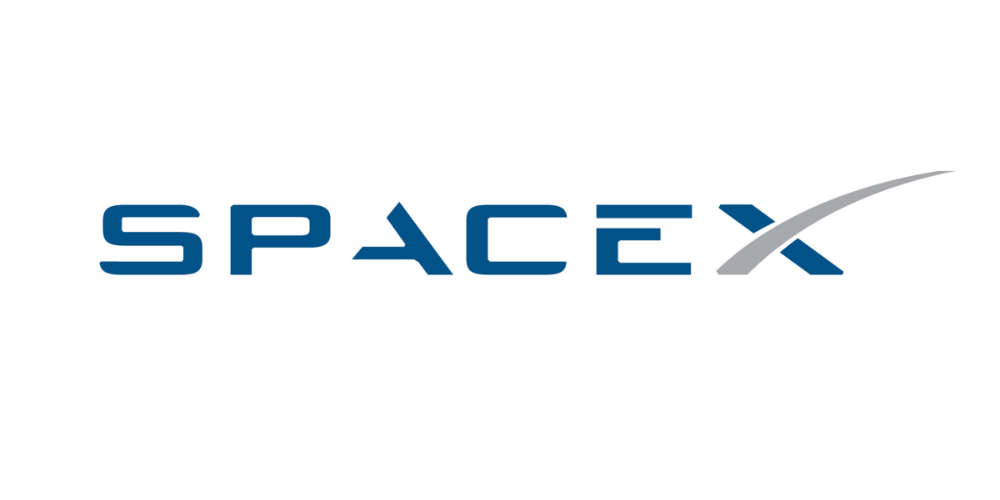At 6 pm April 11th, SpaceX’s Falcon Heavy rocket, the most powerful vehicle flying today, launched its first commercial mission, according to CNN Business. After launching from Florida’s Kennedy Space Center, the rocket transported a communications satellite into orbit for Arabsat, a Saudi Arabian firm. For the first time, SpaceX landed all three rocket boosters after launch, with the two side-boosters landing simultaneously on ground pads in Florida and the center core on a remote-controlled platform in the ocean shortly after.
Bringing the boosters back to Earth demonstrated the success one of Falcon Heavy’s major endeavors—reusable space hardware. The prospect of sustainable equipment would reduce the carbon footprint of the space industry and lower the cost of many projects. Last year, when Falcon Heavy launched Elon Musk’s Tesla Roadster into orbit, only two boosters were recovered.
As the world’s most powerful launch vehicle, the rocket costs about $90 million. This is about a third of the price of its largest competitor, United Launch Alliance’s Delta IV Heavy, a California-based joint venture between Lockheed Martin and Boeing that fulfills government contracts that require heavy-lift launch vehicles.
The Falcon Heavy design is intended to be used mainly for US military efforts and has already been contracted to launch a US Air Force satellite for $130 million. It will, however, also launch spy satellites and large commercial telecom satellites. It’s an updated version of Falcon 9, which has completed more than 20 missions since February 2018 but lacks the current version’s powerful core.
Though the Falcon Heavy is currently the most powerful of its kind, technology develops rapidly, and the version may soon be deemed obsolete. SpaceX is currently working on an even grander project, which involves sending humans to Mars in Starship and Super Heavy, whose sophistication will surely make the Falcon Heavy look like child’s play.
If you enjoyed this article and want to receive more valuable industry content like this, click here to sign up for our digital newsletters!










Leave a Reply